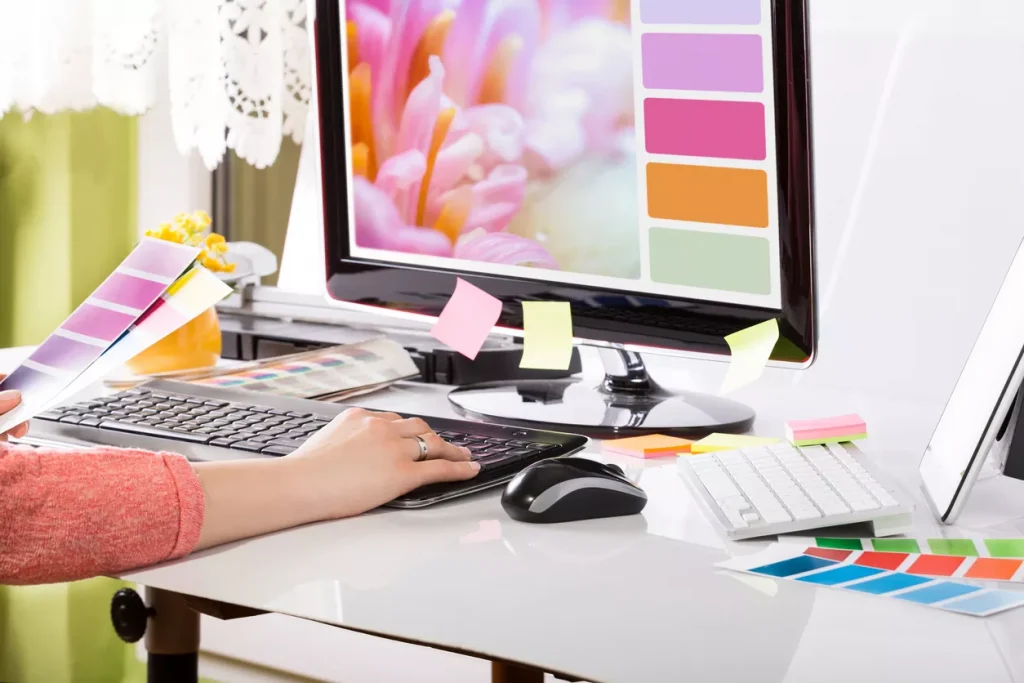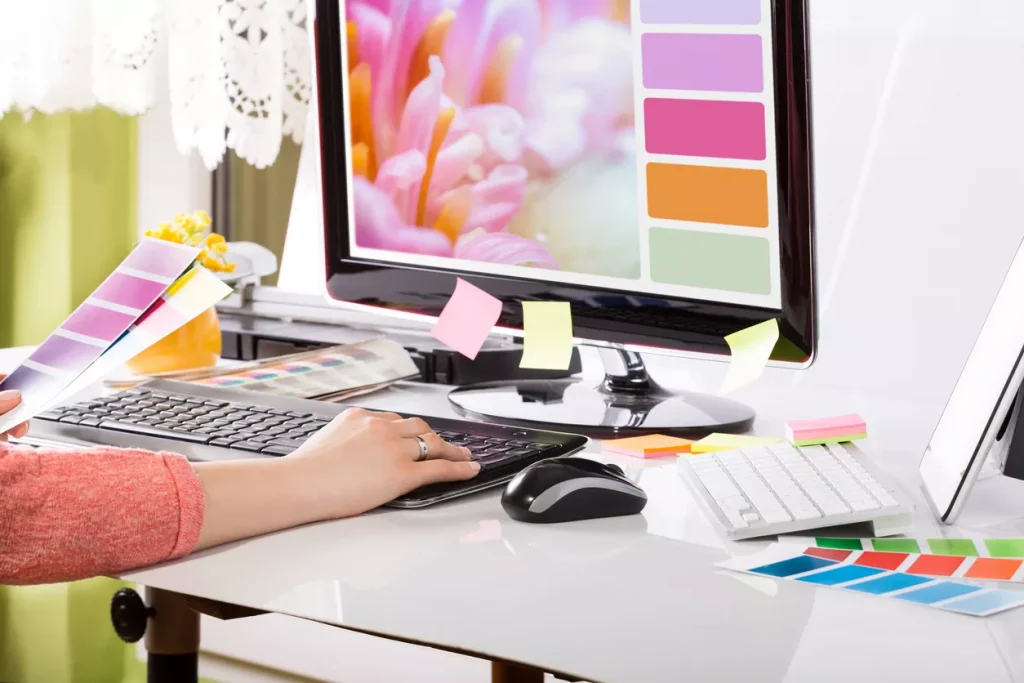www.kaagazprints.com – raj@kaagazprints.com

Large Format Printing
Large format printing is a surefire way to get noticed. Whether it be inside or outside of your business, on a billboard, or at an event, bigger can be better when it comes to getting your brand out there. Images can make large format prints come to life, but only when they are clear, vibrant, and high resolution or min 300 DPI. The thing about “going bigger” is that any mistakes are that much more visible too.
Let’s break down how to prepare images for large format printing so they come out looking exactly the way you envisioned and get the attention they deserve.
Optimize the Images for Viewing Distance
When designing a large format print, you not only have to consider your message and images, you also have to think about where your target audience will be seeing it from. How far away will people be from the print when they notice it? What parts of it do you want to stand out to them?
You’ll want the images to appear sharp from your audience’s perspective, so make sure you take this into consideration while planning the DPI (dots per inch) ratio. Large format printers, like your local Kaagaz Graphics & Prints will be able to help you with this as you’re working towards a final product.
Calibrate Your Screens
Have you ever designed something that looks perfect on your screen, but comes out completely different when it’s printed? Perhaps the colour were not what you were expecting or the image wasn’t as sharp. Calibrating your screens can save this issue from happening when the print is large and every square inch is noticeable, like with a billboard, for example. Setting the computer monitors that your large format print is being designed on to industry standards for brightness, contrast, gamma, and colour, can eliminate this issue altogether. Re-calibrate the screens often (at least once a month) to maintain these standards and make sure the large format printing service you’re using is set to the same standards to avoid any confusion in the home stretch.
Use the Soft-Proofing Feature in Illustrator
One simple part of the equation is to use the soft-proofing feature in Illustrator (if you’re designing in Illustrator, of course) before you send the final image to the printer. This feature adjusts the on-screen appearance of an image to match how it will look when printed, without changing the image’s pixel values. This helps you to see the actual colours that will appear on the printed product, so that you can make any adjustments if it’s not going to look as vibrant as you thought, for example.
Save Your Files!
Save early, save often, and save in multiple file types. Make sure you have a copy of your final artwork in formats that you can edit and ones that you can submit. Connect with your large format printer to understand their recommended file specifications. Yo ensure you’re getting exactly what you want, your printer will usually offer you advice and best practices ahead of time.
www.kaagazprint.com



Very nice article. I definitely love this site. Keep it up!